Search Images
Browse Content (p. 1059)
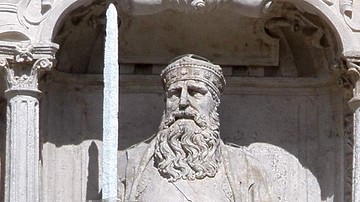
Image
Rodrigo Diaz de Vivar - El Cid
A statue of Rodrigo Diaz de Vivar - 'El Cid' (1043-1099 CE) the famed Spanish knight and general. Arco de Santa Maria, Burgos Spain.
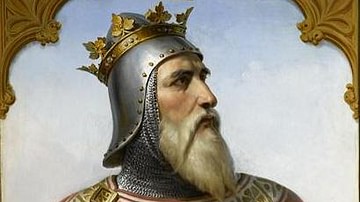
Image
Robert Guiscard
Robert Guiscard (c. 1015-1085 CE) was a Norman knight who fought with success against the Byzantine and Arab Empires. Painting by Merry-Joseph Blondel (1781–1853 CE). (Palace of Versailles, France)
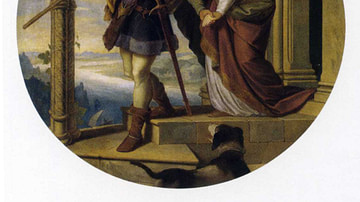
Image
Siegfried & Kriemhild
The Germanic hero knight Siegfried and Kriemhild, by Julius Schnorr von Carolsfeld (1794–1872 CE). (National Gallery, Berlin)
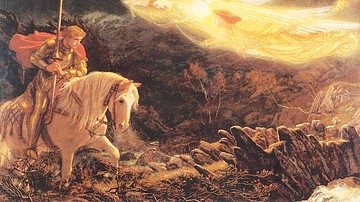
Image
Sir Galahad
Sir Galahad, the Quest for the Holy Grail' by Arthur Hughes, 1832-1915 CE. (Walker Art Gallery, Liverpool, England)

Image
Saint George
A modern statue of Saint George. Komsomolskaya Square, Moscow.
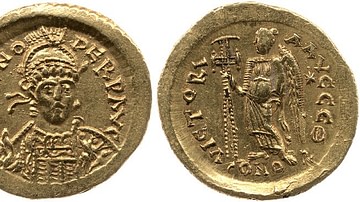
Image
Emperor Zeno
Gold coin depicting Emperor Zeno (474-491 CE), minted in Constantinople.
British Museum
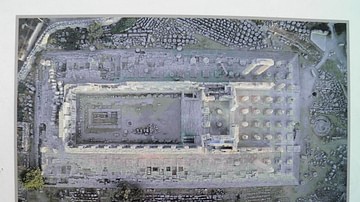
Image
Temple of Apollo, Miletus
An aerial view of the 4th century BCE Temple of Apollo, Didyma. (Image taken in 2011 CE)
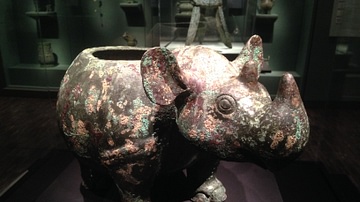
Image
Bronze Ritual Vessel in the Shape of a Rhinoceros
This bronze ritual vessel dates to 1100 – 1050 BCE (Shang Dynasty period). Unearthed in Liangshan, Shandong, the vessel, likely used to hold wine or food, is notable for its differences from other bronze ritual vessels of its time. Few...
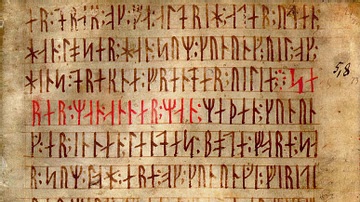
Image
Codex Runicus, Runic Manuscript
The Codex Runicus (AM 28 8vo), a manuscript from c. 1300 CE, contains one of the oldest texts of the Scanian Law (Skånske lov), here written exclusively in the Medieval Futhork runic script. It resides at the University of Copenhagen in...
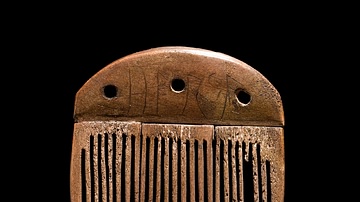
Image
Vimose Comb
This comb, known as the Vimose Comb, found in Denmark, represents the earliest inscription that is without a doubt runic. It reads "harja" (possibly meaning “comb”, or “warrior”) and is dated to c. 160 CE, and it uses runes so confidently...